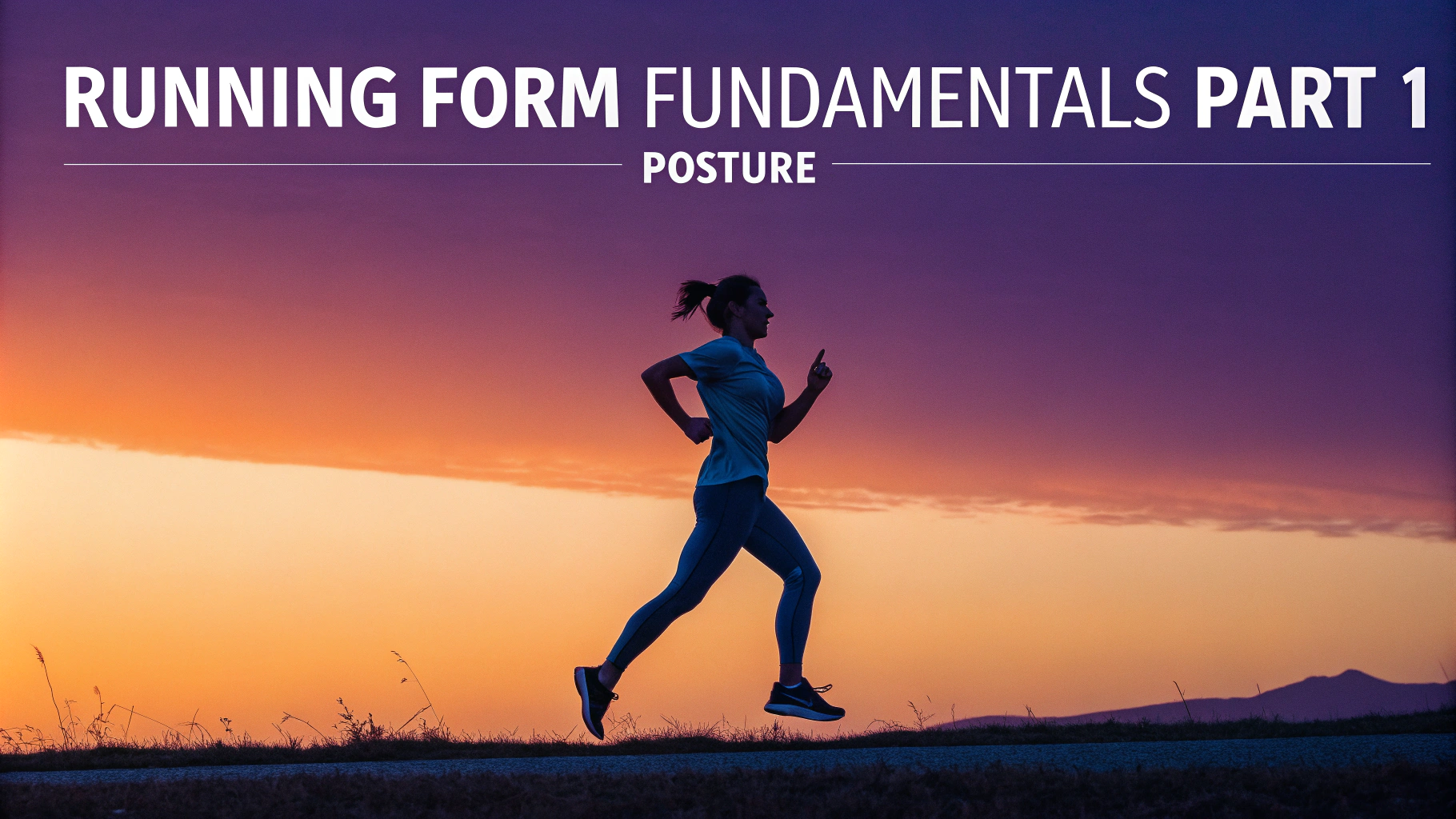Good ankle mobility helps runners perform better, prevent injuries, and maintain proper form during their runs.
Try these 10 ankle mobility exercises before your next run to improve your performance and reduce injury risk.
1. Ankle Circles
Rotate each ankle clockwise and counterclockwise for 10 circles in each direction while sitting with your legs extended.
2. Calf Raises
Stand on the edge of a step, lower your heels below the platform, then raise up onto your toes for 3 sets of 15 repetitions.
3. Ankle Alphabet
Use your foot to “write” the alphabet in the air, which helps move the ankle through various ranges of motion.
4. Banded Ankle Mobilization
Loop a resistance band around your ankle and perform forward and backward movements for 2 minutes per foot.
5. Wall Ankle Stretches
Face a wall in a lunge position, bend your front knee while keeping your heel down to stretch your calf and ankle for 30 seconds each side.
6. Downward Dog Pedaling
In downward dog position, alternate pressing each heel toward the ground for 1 minute.
7. Standing Ankle Mobilization
Stand with one foot forward, rock your knee over your toes while keeping your heel planted for 20 repetitions per side.
8. Figure-8 Movements
Draw figure-8 patterns with your toes while keeping your ankle off the ground for 30 seconds per foot.
9. Single-Leg Balance
Stand on one leg for 30 seconds, focusing on ankle stability and control.
10. Toe Walking and Heel Walking
Walk on your toes for 30 steps, then on your heels for 30 steps to strengthen ankle muscles.
Tips for Success
- Perform these exercises after a light warm-up
- Start with 2-3 exercises and gradually add more
- Do these exercises 3-4 times per week
- Stop if you feel pain and consult a physical therapist
Equipment Recommendations
- Resistance bands (medium strength)
- Foam roller for calf release
- Stable platform for calf raises
Contact a sports medicine professional or physical therapist if you experience persistent ankle pain or stiffness.
For best results, combine these exercises with proper running form and appropriate footwear selection.
Benefits of Regular Ankle Mobility Training
- Improved running efficiency and stride length
- Better shock absorption during foot strikes
- Reduced risk of common running injuries
- Enhanced balance and proprioception
- More effective power transfer through the legs
When to Skip Your Ankle Mobility Routine
Avoid these exercises if you have:
- Acute ankle sprains or injuries
- Recent surgery on lower extremities
- Severe joint inflammation
- Unexplained ankle pain
Progressive Training
Advance your ankle mobility routine by:
- Increasing repetitions gradually
- Adding resistance band tension
- Combining exercises into circuits
- Performing exercises on unstable surfaces
Conclusion
Regular ankle mobility work is essential for runners of all levels. Start with these exercises 2-3 times per week, focusing on proper form and gradual progression. Monitor your progress and adjust the routine based on your body’s response. Remember that consistency is key for seeing improvements in your running performance and injury prevention.
Additional Resources
- Track your progress with a mobility journal
- Consider working with a running coach
- Join a runner’s mobility training group
- Use video analysis to check your form
FAQs
- Why is ankle mobility important for running performance?
Ankle mobility is crucial for proper running mechanics as it affects stride length, push-off power, and shock absorption. Limited ankle mobility can lead to compensatory movements and increased risk of injuries in the knees, hips, and lower back. - How can I tell if I have poor ankle mobility?
Test your ankle mobility by performing a wall ankle dorsiflexion test. Stand facing a wall and try to touch your knee to it while keeping your heel flat. If you can’t move your foot more than 4 inches from the wall while maintaining heel contact, you may have limited ankle mobility. - What causes reduced ankle mobility in runners?
Common causes include previous ankle injuries, prolonged sitting, wearing high-heeled shoes, muscle tightness in the calves and Achilles tendon, and natural aging of joint tissues. - How often should I perform ankle mobility exercises?
Ankle mobility exercises should be performed 3-4 times per week, with each session lasting 10-15 minutes. For runners with significant mobility restrictions, daily practice may be beneficial. - Can ankle mobility exercises help prevent running injuries?
Yes, improving ankle mobility can help prevent common running injuries such as shin splints, Achilles tendinitis, plantar fasciitis, and knee pain by ensuring proper force distribution and movement patterns. - Should I do ankle mobility exercises before or after running?
Dynamic ankle mobility exercises are best performed during warm-up, before running. Static stretching and deeper mobility work are more effective post-run when muscles and joints are warm. - What role does ankle mobility play in running economy?
Good ankle mobility contributes to running economy by allowing for optimal energy transfer through the leg, efficient push-off mechanics, and better shock absorption during foot strike. - How long does it take to improve ankle mobility?
With consistent practice, noticeable improvements in ankle mobility can be seen within 2-4 weeks. However, significant changes in mobility and running mechanics may take 8-12 weeks of regular work. - Are there any shoes that can help improve ankle mobility while running?
Minimalist shoes or those with lower heel-to-toe drops can promote natural ankle movement and mobility over time, but transition to such footwear should be gradual to prevent injury. - When should I seek professional help for ankle mobility issues?
Consult a physical therapist or sports medicine professional if you experience persistent ankle pain, have a history of ankle injuries, or see no improvement after several weeks of mobility exercises.










